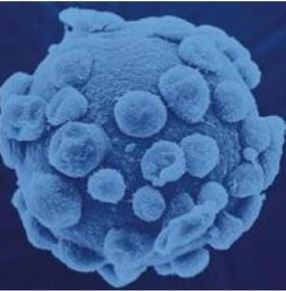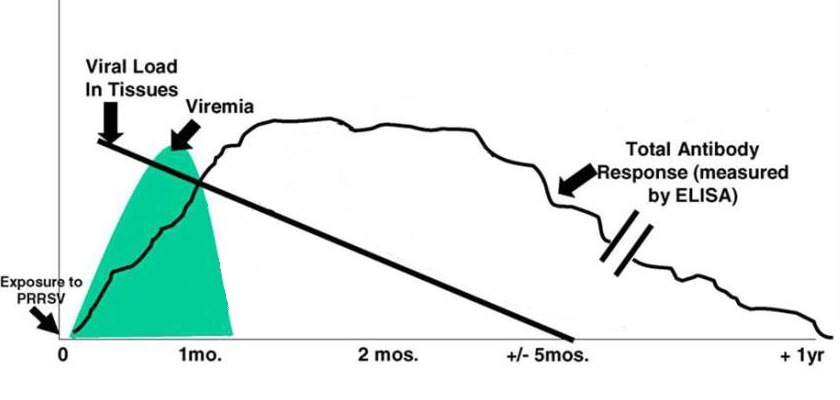



How Important is PRRS Control?
GLOBAL - The annual cost of Porcine Respiratory and Reproductive Syndrome (PRRS) to the swine industry is $664 million, according to Dr. Derald Holtkamp, associate professor of veterinary medicine at Iowa State.He said that equates to about 9.9 million pigs lost per year, which is far more devastating than what the US suffered with Porcine Epidemic Diarrhea virus (PEDv), even at its worst. Globally, PRRS is the number one disease that producers and veterinarians battle.

There are two major types of the PRRS virus - the European strain (type I) and the North American strain (type II), said Nardy Robben, Product Manager at Thermo Fisher Scientific. The North American strain displays more severe clinical signs than the European strain. Both strains can mutate very fast due to the virus’ changing RNA and can spread rapidly by moving region-to-region and country-to-country, making it incredibly difficult to eradicate.
PRRS control requires an overall herd wellness strategy, including health monitoring, biosecurity, vaccination strategies and control of new animals introduced in the herd.

Why is it important to use a combination of diagnostic tools?
Using a combination of diagnostic tests offers a more comprehensive view of what’s happening in the herd. Using the visual below, you can see the course of the PRRS infection and how the immune system responds.
There’s a six-week period of viremia and then a long term antibody response which can be found up to a year. If you are only monitoring by serology and have new outbreaks, it may go undetected. With viremia, a measurement with real-time PCR is necessary to identify the virus and then differentiate between EU and North American types. Our combination of diagnostic tools will give you the best opportunity to monitor herd health and detect disease.

Figure: Course of PRRS immune reaction and adaptive immune response. Modified from O.J.Lopez, F.A. Osorio, Veterinary Immunology and Immunopathology 102 (2004) 155-163.
How can diagnostics support PRRS control?
We recommend health monitoring that uses diagnostics in a three step process:
1. Analyze
To determine the current situation, consider the following: current diagnostic testing, herd management data, vaccination strategies
2. Plan
Define your goals for the herd – control, eradication, and/or avoid new outbreaks. Then develop your diagnostic action plan by defining your goals, sample types, available methods and frequency or timing of testing and taking samples
3. Implement action plan and monitor its success
Begin making management changes to reach your goals and analyze test results. Once you’ve reached your goals, begin a continuous monitoring program
Diagnostics can support these steps with real-time PCR and serology testing. Our on-demand webinar offers a comprehensive overview of sample types that can be used with each test and explains the choice of sample for each program goal.









